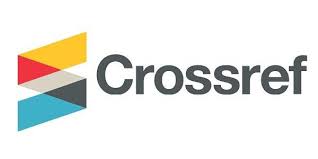Screening For Plagiarism
The journal staff has a policy of screening for plagiarism. All articles in this publication are original: the content (either in full or in part) in each article has not been knowingly republished without specific citation to the original release. A Turnitin plagiarism checker is applied to the papers submitted.
Certainly! The review process for an article typically involves several key steps:
- Submission: The article is submitted to a journal or publication through an online platform or email.
- Initial Screening: The editor or editorial team performs an initial check to ensure the article meets basic submission criteria such as scope, formatting guidelines, and ethical standards.
- Peer Review: The article is sent out to experts (peers) in the field for review. This is a blind or double-blind process where the identities of the authors and reviewers are often concealed to ensure impartiality.
- Reviewer Evaluation: Reviewers assess the article's quality, originality, significance, and validity of findings. They provide comments and recommendations for improvement.
- Editorial Decision: Based on the reviewers' comments and their own evaluation, the editor makes a decision:
- Acceptance: The article is accepted pending minor revisions.
- Major Revision: The article requires significant changes before it can be reconsidered.
- Reject and Resubmit: The article needs substantial revisions and must undergo a full re-review.
- Reject: The article does not meet the journal's standards.
- Revision: If revisions are required, the authors revise the article according to the reviewers' suggestions and provide a detailed response to each comment.
- Final Decision: After revisions, the editor and possibly the reviewers assess whether the changes have adequately addressed concerns. The article may be accepted at this stage or sent back for further revision.
- Publication: Once accepted, the article moves into the production phase where it undergoes copyediting, typesetting, and proofreading before being published online or in print.
Throughout this process, communication between the authors, reviewers, and editors is crucial to ensure clarity, fairness, and quality in scholarly publishing. Each journal may have variations in their specific review process, but these are the general steps involved.




